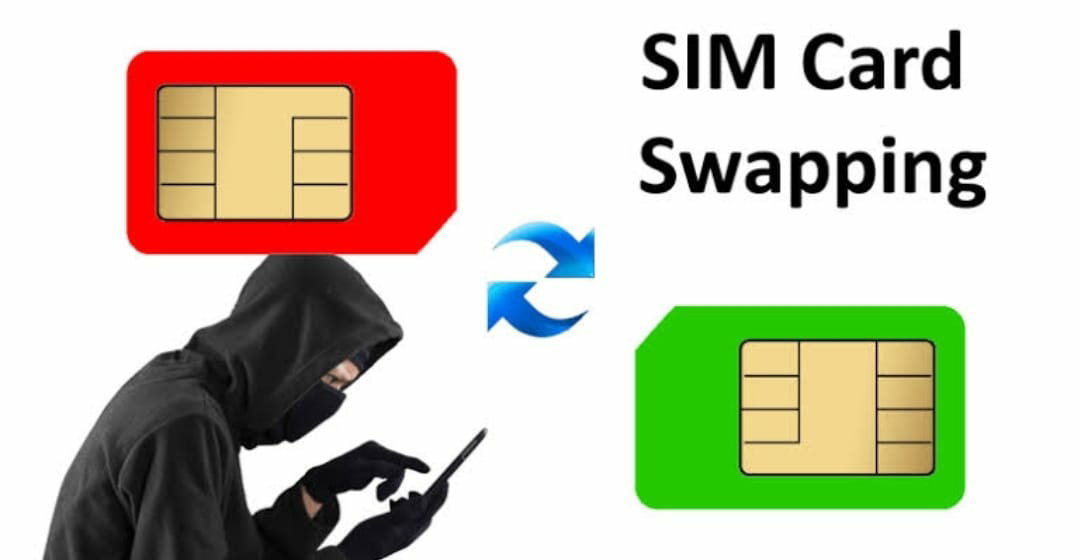Sim Card Swapping
So what is e-SIM fraud and how it is done.
Cyber fraudsters first randomly check with bank if the mobile number is registered with them. If the mobile number it registered with the bank it shows OTP pop-up. Once the number is confirmed then the next step of laying trap begins.
Criminals posing as telecom customer care executive approaches the customer for up-gradation of SIM. They deceive the user into forwarding an e-mail sent by the service provider on their registered e-mail addresses.
Following which, the victims are made to fill in their details, including bank details, in a google form. That is how the criminals get access to the bank accounts of these users.
The fraudsters then use an e-SIM enabled device to activate the victim’s SIM at their end. Subsequently, the user’s original SIM gets deactivated and he/she loses access to their number and apparently, the money in their bank accounts.
So what is e-SIM fraud and how it is done.
Cyber fraudsters first randomly check with bank if the mobile number is registered with them. If the mobile number it registered with the bank it shows OTP pop-up. Once the number is confirmed then the next step of laying trap begins.
Criminals posing as telecom customer care executive approaches the customer for up-gradation of SIM. They deceive the user into forwarding an e-mail sent by the service provider on their registered e-mail addresses.
Following which, the victims are made to fill in their details, including bank details, in a google form. That is how the criminals get access to the bank accounts of these users.
The fraudsters then use an e-SIM enabled device to activate the victim’s SIM at their end. Subsequently, the user’s original SIM gets deactivated and he/she loses access to their number and apparently, the money in their bank account.
WHAT TO DO IN SUCH CASES:
- Not to believe the messages or calls received from the Cyber fraudsters in the name of updating of KYC documents of any telecom company.
- KYC is done on a face-to-face basis only. So, one should avoid all texts and calls requesting to update KYC documents.
- Not to forward the e-mail Id received from the fraudsters to Telecom companies customer care number.
- Not to forward e-SIM request as instructed by the fraudster to customer care.
- Do not share bank account credentials on Google view forms.
- Read the auto-generated messages carefully before opening any links or sending confirmation for e-SIM requests.
- If you have fallen prey to this kind of fraud. Immediately send deactivation request to stop the e-SIM activation Process.



Comments
Post a Comment